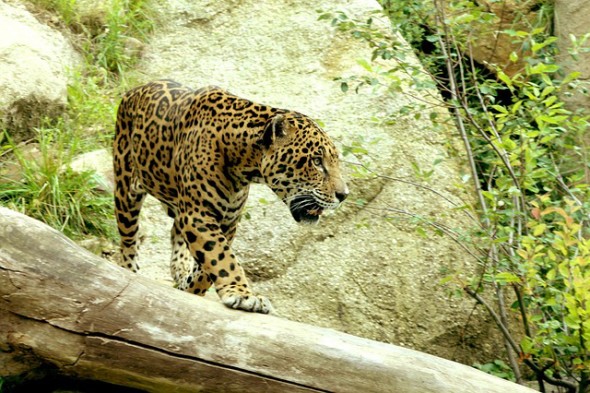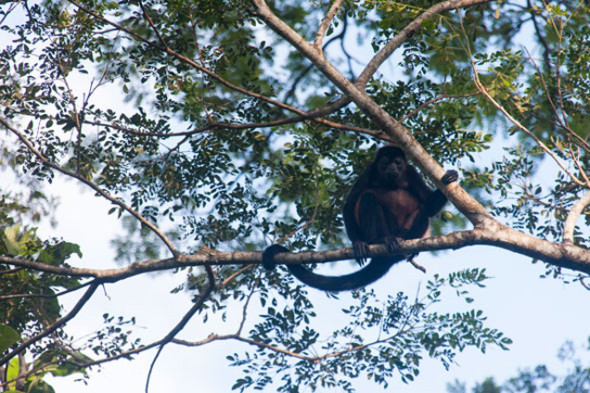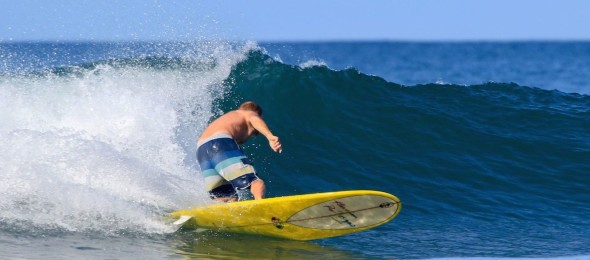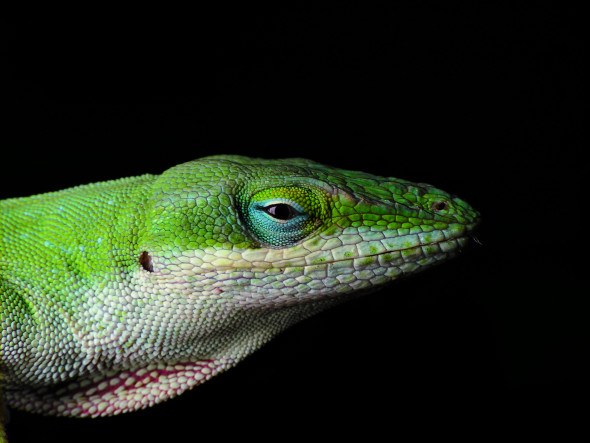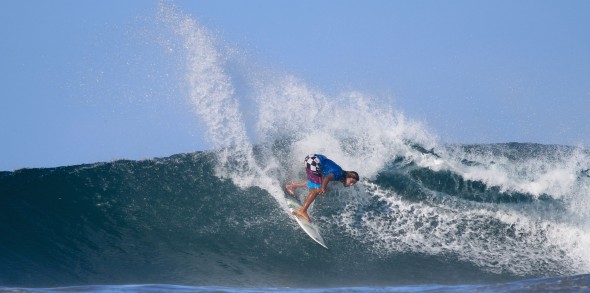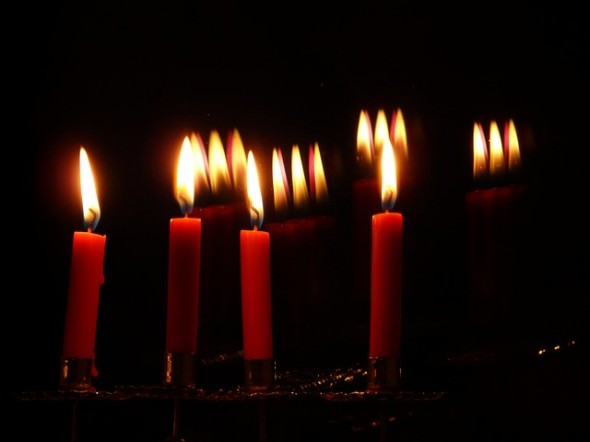Abel Pacheco is the author of Paso de tropo, Una muchacha, and De la selva a la embajada. His story “Deeper Than Skin” was originally published as Más abajo de la piel, and an excerpt appears in Costa Rica: A Traveler’s Literary Companion. This excerpt includes twelve short vignettes about the characters, animals, and landscapes of Costa Rica, paying particular attention to issues of race and the changes brought to the country by fruit production.
Pacheco employs magical realism in his vignettes, from the young woman who leaves the tracks of a jaguar in the moonlight to the skinny man with the long, forked tongue who may have had something to do with the two men who died from snakebites. From the mules to the railroad to the sea turtles, Pacheco brings forward many elements of life in Costa Rica.
Photo Credit: Pixabay / CC0 Public Domain
Source: Ras, Barbara, ed. Costa Rica: A Traveler’s Literary Companion. San Francisco: Whereabouts, 1994.

